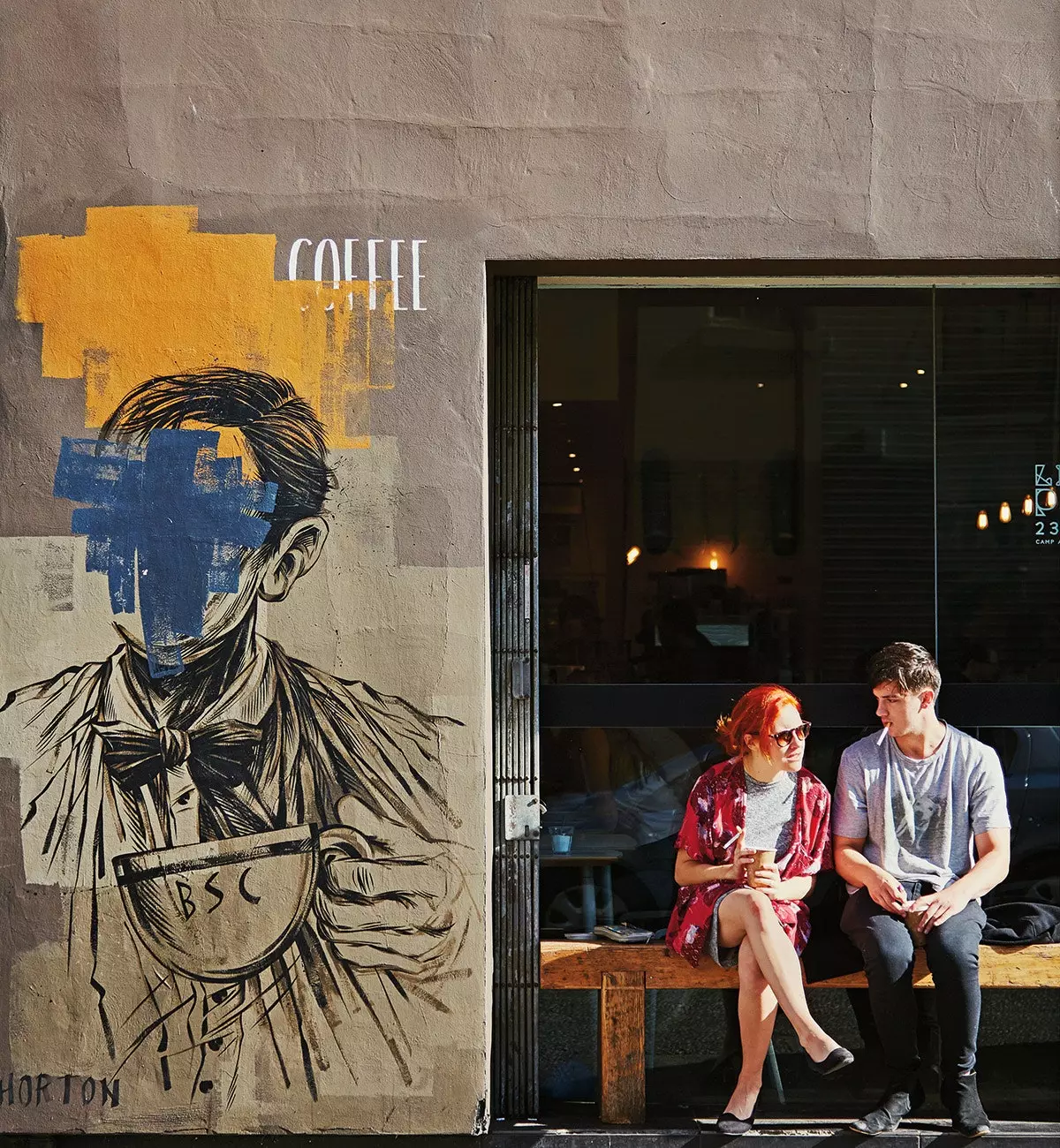
Liverpool, the Renaissance of the beats
I grew up admiring Liverpool from afar: 16 kilometers was a considerable distance in the seventies . For a boy from the province of Lancashire, the city was pure glamour. Scousers - natives of Liverpool - used to call us wollybacks, a term that refers to the ancient profession of woolen of those born in my county . The few visits to Liverpool were with my mother looking for clothes at George Henry Lee and other boutiques.
He spent time looking at a frigid blue sky full of seagulls over the Mersey and the colossal cathedrals. Years later, I escaped to see the first Liverpool FC game and then Everton FC – I chose to support the latter as an eternal loser, perhaps a bad decision. This city is the closest chronicle of Britain's transformation . His television series – The Liver Birds, Boys from the Blackstuff, Brookside – were pure avant-garde . Its combative council challenged the London system. Pop music went around the world, again and again, and every decade a new scene emerged: the Mersey beat, punk, raves, the new romantics and, before anyone else, the Beatles. Fashion came with music: scousers they wore sportswear like the italians . The men were in fur coats and the women in lighter clothing. They all went out to party. The city remains that and, since 2000, has experienced a revival of independent shops, restaurants, bars and art galleries. Each neighborhood evolves without losing its essence, from the mythical and rogue Mathew Street – where the legendary Cavern Club was born – to the elegant Rodney Street or the eclectic RopeWalks.
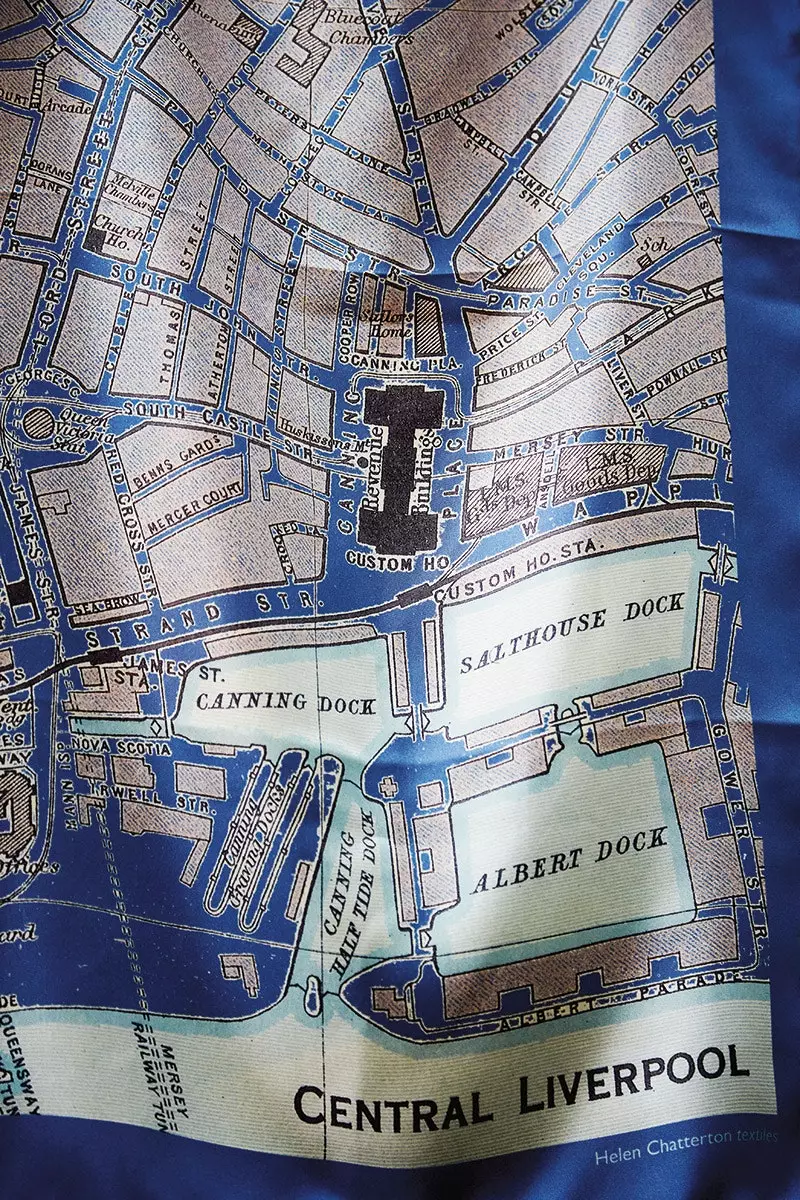
Helen Chatterton design on the Bluecoat
Liverpool is so singular and unique that I have never fully integrated . For three decades I have been going at least once a year and I follow a ritual: I walk to Three Graces , the UNESCO heritage architectural complex. Liverpool has been what many yearn for: a shipping and shipping hub, a sports legend and a cultural hub. Both its architecture of international significance and the great river confirm that we are in a global city.
WHERE TO EAT AND DRINK
The best of the British
When brothers Gary and Colin Manning opened 60 Hope Street _(60 Hope St.) _, on St. George's Day 1999, began the metamorphosis of this quiet row of townhouses, converted today in the gourmet hub of the Georgian Quarter . The still-thriving venue serves up refined modern British cuisine with nods to the North West such as black pudding, Goosnargh duck and marmalade sandwich for dessert. Across the street, they opened Host _(31 Hope St.) _ in 2008, a fun Pan-Asian restaurant decorated like a 1950s saloon. His big rival is Paul Askew, who runs the award-winning **London Carriage Works** _(Hope Street Hotel; 40 Hope St.) _ and, since 2014, the restaurant The Art School _(1 Sugnall St.) _, sourcing fine produce from Lancashire, the Lakes and Wales, which is then plated and served in the stylish, converted glass-roofed room of a former children's foster home.
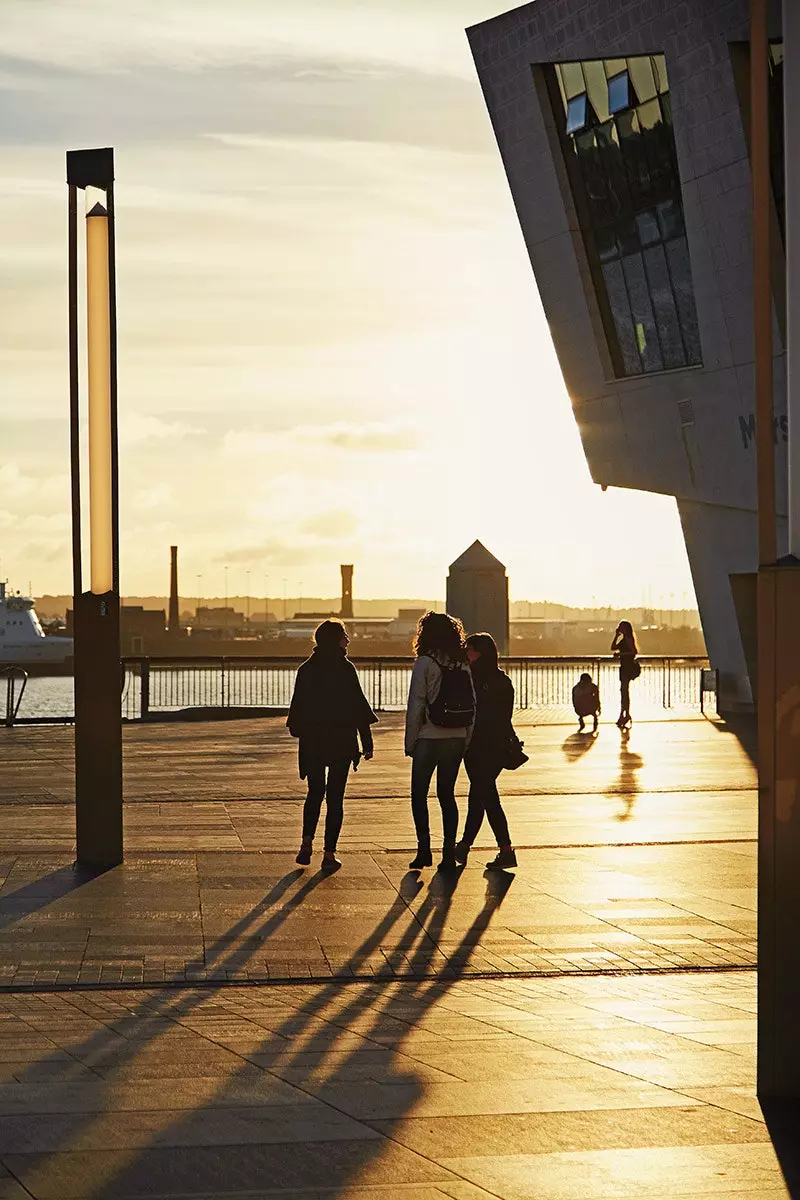
Promenade
A shot of caffeine and tasty snacks
Bold Street It is a lively avenue that leads to the church of St Luke, known as Bombed Out Church , destroyed during the Blitz. Bold Street Coffee _ (89 Bold St.) _ is that place to enjoy a light breakfast. If later you prefer something more forceful, the best option is Asian food. Former lawyer and YouTube chef Nisha Katona opened Mowgli _(69 Bold St.) _ in 2015 to give the tiffin (Indian lunch) the quality you deserve. Her delicious yogurt chat bombs (chickpea yogurt 'bombs', with chili and pomegranate) have been something of a local explosion. A little further is _ maray _ _(91 Bold St.) _, an ode to the famous Paris neighborhood (Marais) . It specializes in freshly made falafel and recipes such as gin-cured trout and fried kale.
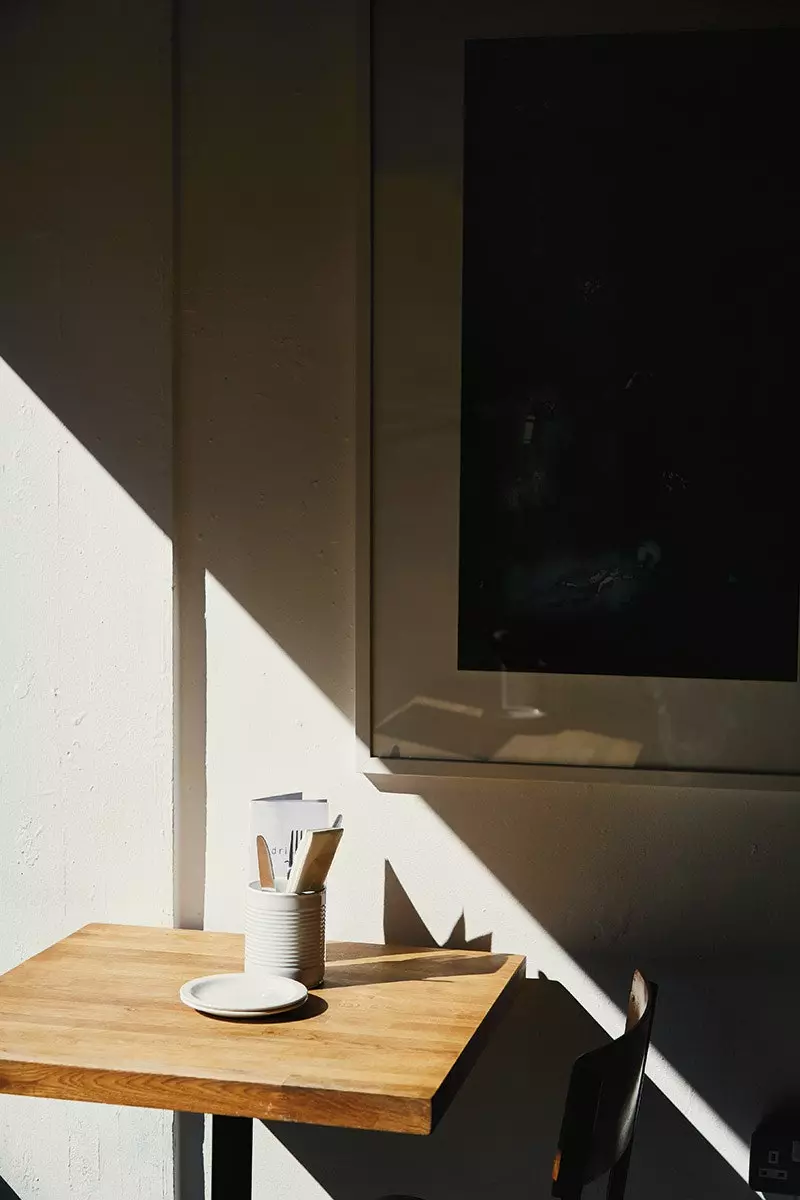
maray
have a pint
Liverpool is a city of pubs , specifically Victorian taverns of bright red brick and wood. in the opulent Philharmonic Dining Rooms _(36 Hope Street) _, choose one of the rooms or the main hall behind the plasterwork of C.J. Allen, New Sculpture artist. Pink marble urinals are wonderful. Ye Cracke _(13 Rice St.) _ is a lively pub, famous for its link with Lennon and perfect for meeting locals
The most refined gin and tonic
Since 2012, Liverpool Gin (whose label depicts the city's eagle-emblem) has breathed new life into the drink. The Belvedere _(5 Sugnall St.) _, opened in 1836, boasts its GinNasium, a rack stocked with craft gins served with or without Fever Tree. The Berry and Rye _(48 Berry St.) _ is speakeasy-style and serves cocktails to the beat of blues and jazz.
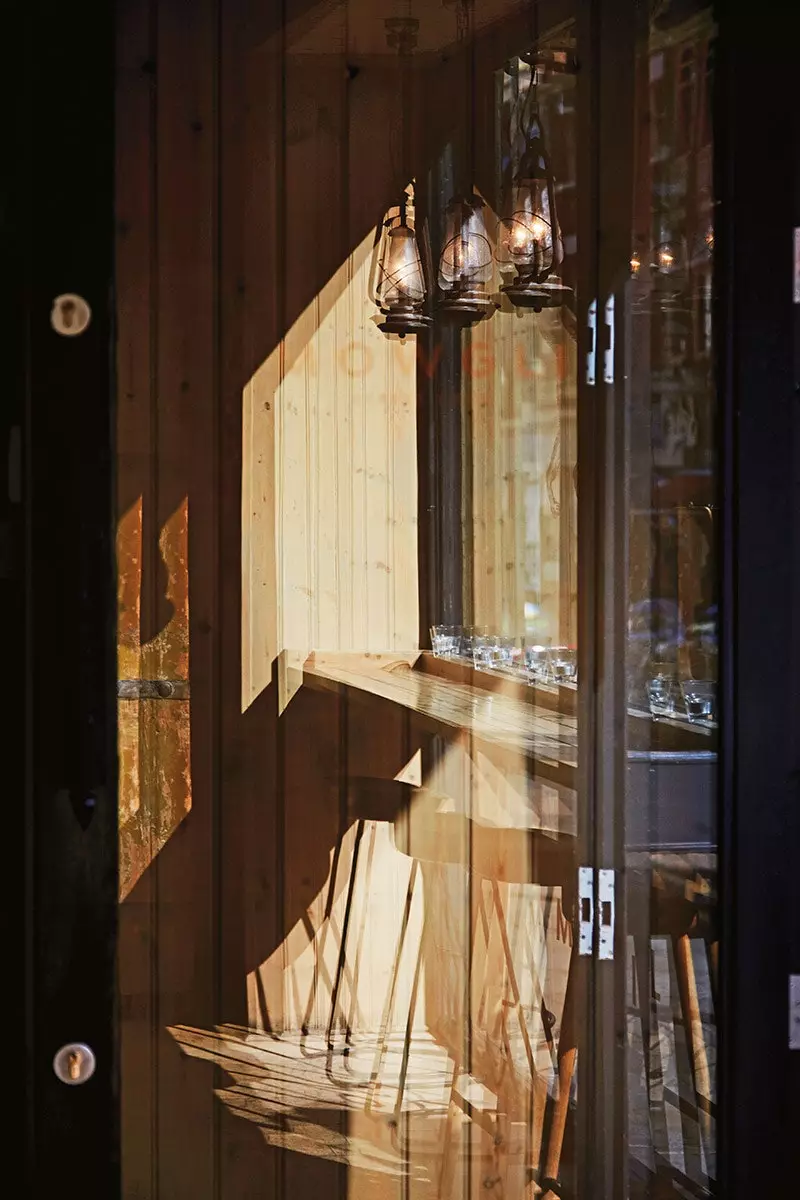
Mowgli
a chinese touch
Opened in April 2016 in Gradwell Street , Fu _(Gradwell St., s/n) _ claims to be the third bar in the world (the others are in New York and Beijing) specializing in baijiu, the great chinese spirit . Bartender Peter alternates mixed drinks like the Emperor Park Swizzle (homemade baijiu er guo tou, rum, sherry, lime and bitter), which served with some tasty dim sum.
Liverpool is home to the oldest Chinese community in Europe and, in the tiny Chinatown –On the outskirts of Berry Street– is the Pekingese restaurant Yuet Ben _(1 Upper Duke St.) _. For some scrumptious chicken curry buns and cream cakes, go to the chinese pastry bonbon (38 Berry St).
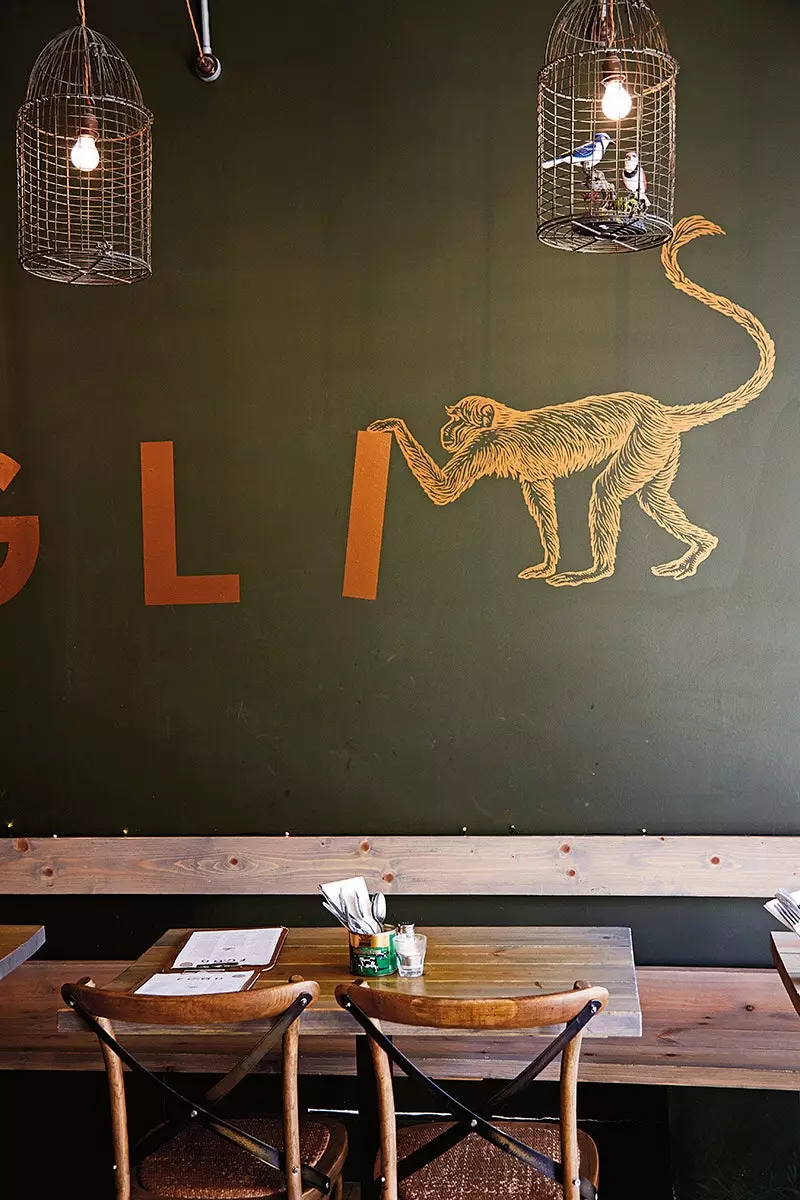
Mowgli
WHERE TO SLEEP
georgian dandy
For years resident in London, the interior designer Glenn White always dreamed of living in Liverpool. In 2012, he and his wife Sarah left their roots behind and spent two years restoring an 1826 mansion uptown. Georgian Quarter . Each of the four spacious rooms at **2 Blackburne Terrace** _(same-named address; HD: from €180) _ boasts its own collection of contemporary art and bespoke furnishings. The welcome package consists of a series of literary magazines accompanied by sloe liqueur. Every detail is important here, from online radio to the black pudding of star anise from Edge Butchers, a legend of the Wirral Peninsula.
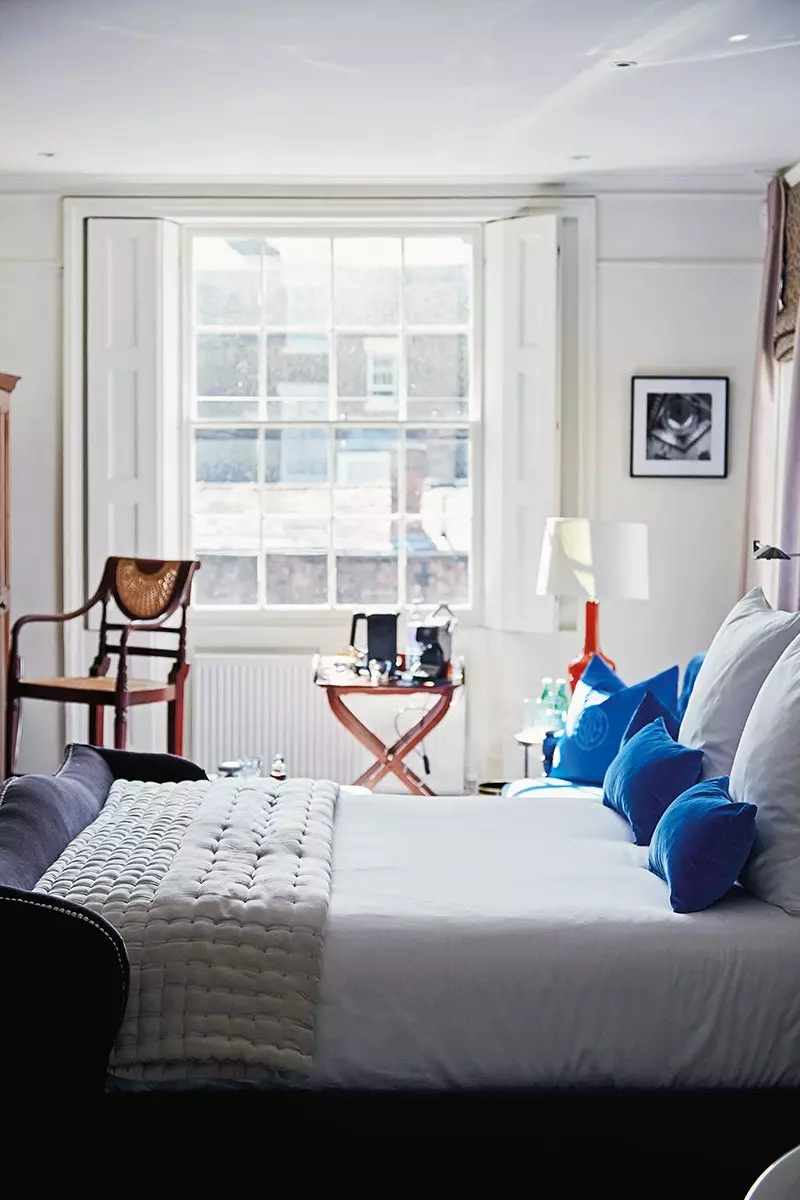
2 Blackburne Terrace
nordic reassertion
The hotel Hope Street _(40 Hope St.; HD: from €100) _ occupies a palazzo-style warehouse reminiscent of Liverpool's glory days. The conversion has been possible thanks to large doses of love. Today it sports Victorian pine beams, walnut and birch floors, and iron pillars. It is halfway between Scandinavian ergonomics and the oldest industrial style. In 2017, what was the Royal School for the Blind – Royal School for the Blind – will have new apartments, a spa and a swimming pool.
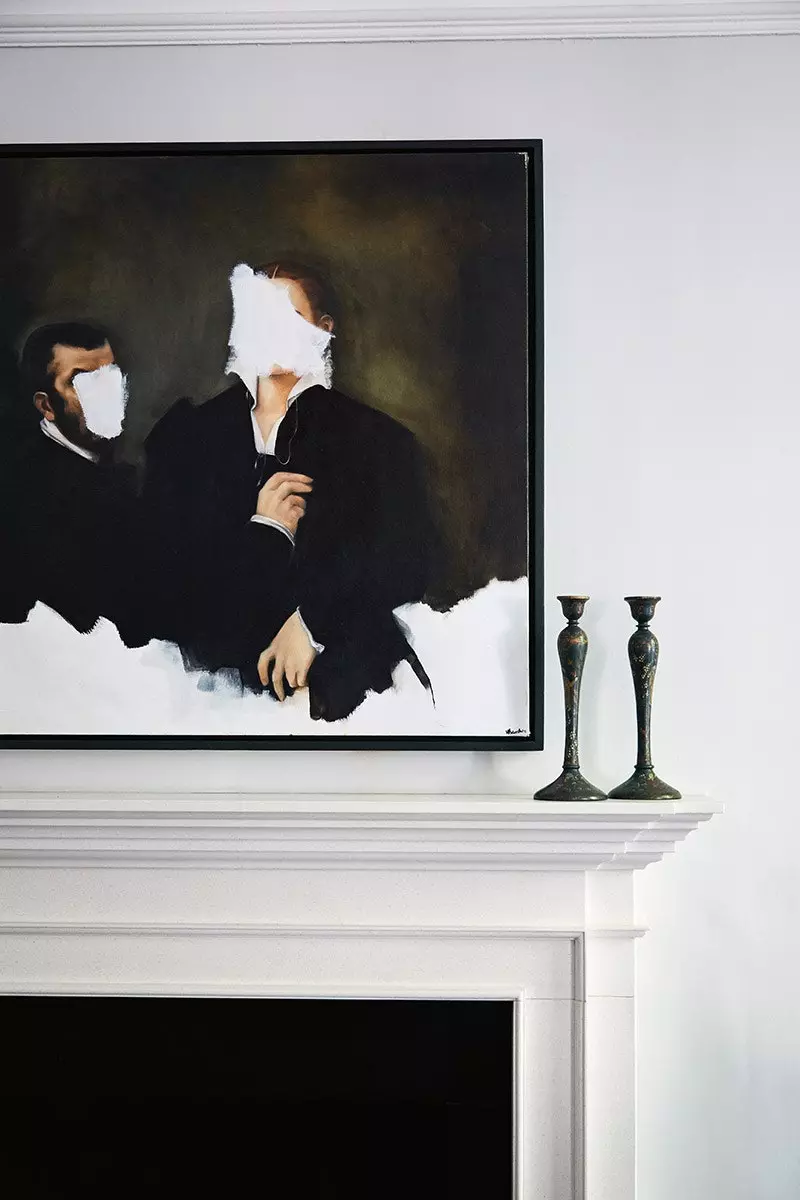
2 Blackburne Terrace
WHERE TO BUY
artistic shelter
The Bluecoat Garden it is less than 100 meters from Church Street, one of the great commercial areas, but those walls that add up to three centuries keep the popular hustle and bustle away. Although the Bluecoat Display Center (The Bluecoat College Lane Entrance) Boasting local artisans like blacksmith Michael Badger and fashion designer Helen Chatterton, the merchandise you find at this craft and design gallery comes from all over the country.
vintage getaway
You can take a taxi to the tree lined Lark Lane, quite lively on weekends thanks to its farmers' markets and craft fairs. Browse through endless furniture from bygone eras and retro decoration accessories at Gasp (4 Lucerne St.), a colossal 2,000 m² warehouse. If you prefer contemporary art, you can find affordable works, crafts or pretty postcards at Lark Lane Art Works (33 Lark Lane St.).
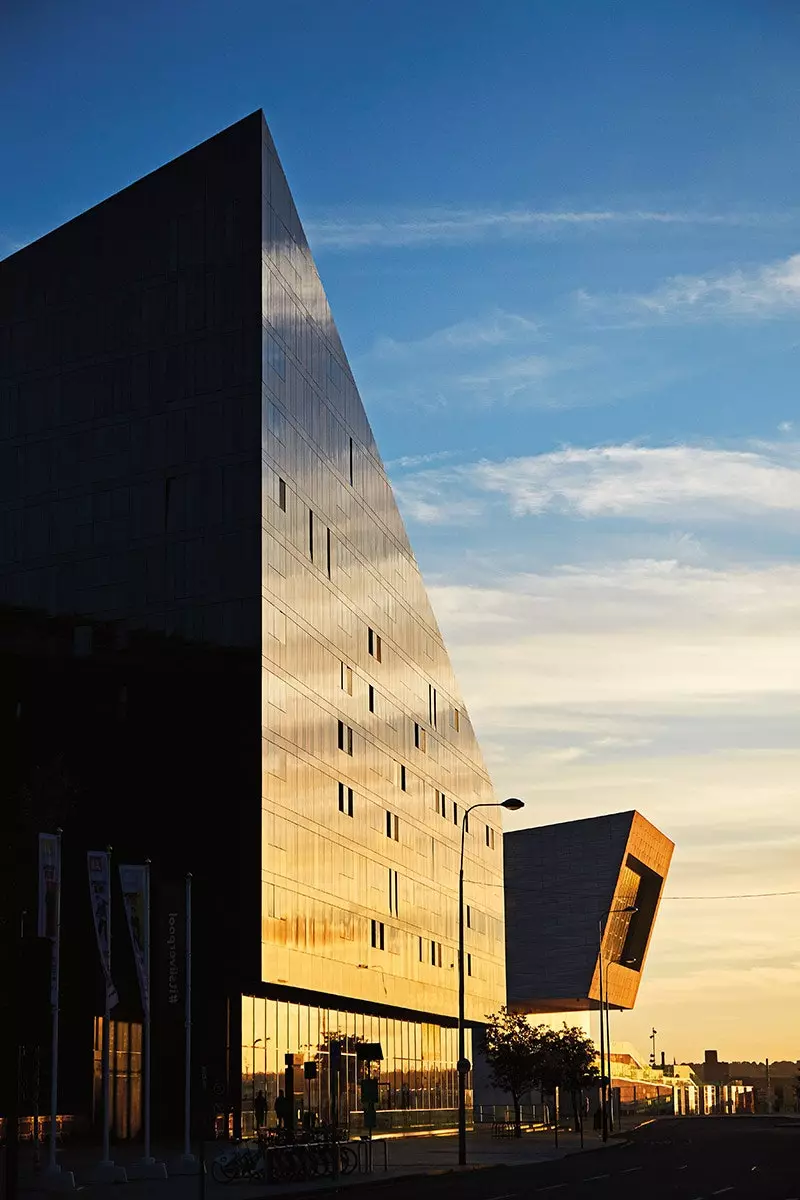
museum of liverpool
WHAT TO SEE AND WHAT TO DO
Take care of the classic
The appointment of Vasily Petrenko , in 2006, as principal conductor was something like a little Russian revolution for the Royal Liverpool Philharmonic c. The then thirtysomething conductor brought intelligence, audacity and looks to a repertoire that alternated symphonies from his homeland with the great British masters. If you're in town and hear of an upcoming performance, bribe anyone to get tickets (from €15).
The work of Gilbert Scott, began to rise in 1904 and was completed in 1978. Other places of interest and free admission are the neoclassical St. George's Hall _(St George's Pl.) _, on the other side of Lime St. station, and all the museums in the city.
take the bus
On board the Magical Mystery Tour and with a guide, this route is a unique and special way to get to know the green burbs (neighborhoods) of the city. Discover the small terraces of dingle (where Richard grew up Starkey , better known as Ringo Starr) or soak up what the 60s were like here and, above all, his style. Come and see! (€20, daily departures at 10 in the morning.
* This article has been published in the April 105 issue of Condé Nast Traveler magazine. Subscribe to the printed edition (**11 printed issues and a digital version for €24.75, by calling 902 53 55 57 or from our website**) and enjoy free access to the digital version of Condé Nast Traveler for iPad. The March issue of Condé Nast Traveler is available in its digital version to enjoy on your preferred device.
